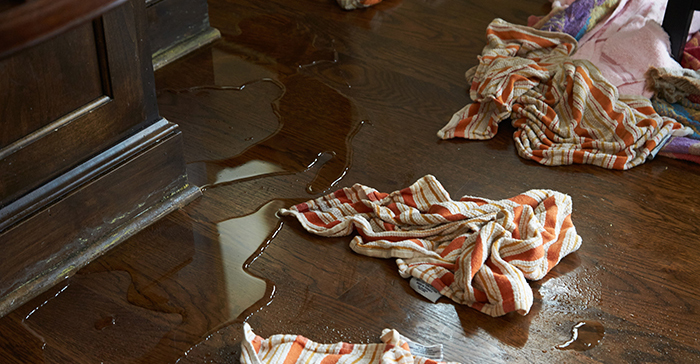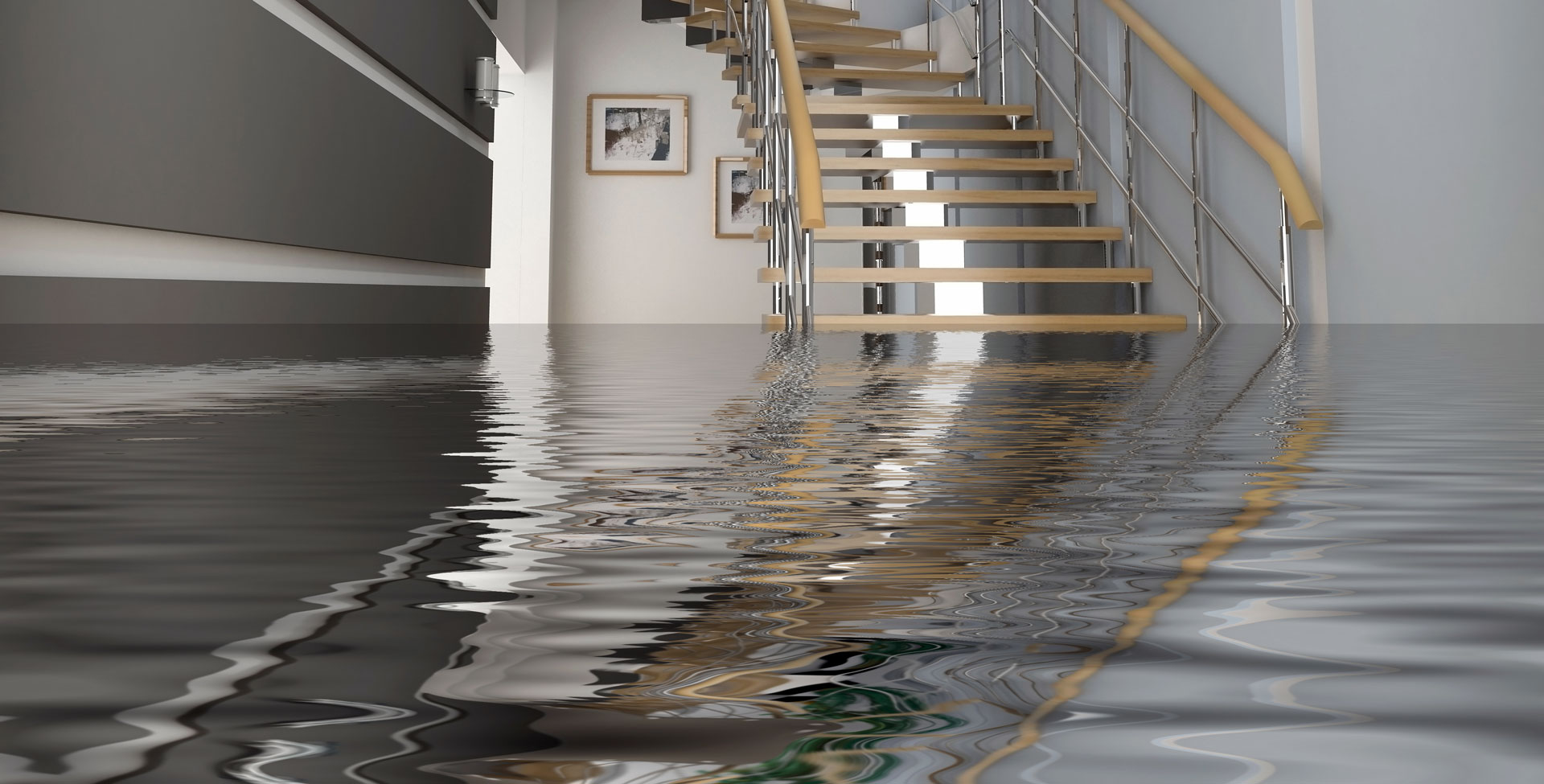We've stumbled upon this article involving How to Fix a Water Damage Bathroom down the page on the net and felt it made sense to relate it with you here.

The restroom is exceptionally vulnerable for wet build-up and also prospective water damage due to the regular use water in it. This short article supplies simple evaluation strategies to assist detecting water damages hazards.
The frequent use water in the restroom makes it incredibly prone for moist accumulation as well as possible water damage. By checking it consistently, you can decrease water relevant damages.
The adhering to set of evaluations is simple to execute and ought to be done once in every 3 months in order to maintain your restroom in good shape and to avoid possible water damages triggered by the bath tub, the shower, pipeline joints and plumbing, sinks, cupboards, and also the toilet
Do not overlook doing these inspections and be extensive while doing them. Keep in mind that these easy examinations can conserve you a lot of cash by supplying very early indications for water damage
Tub and also Shower
The shower as well as tub need unique interest and maintenance. Examine the tiles as well as change if cracked. Make certain that there is no missing out on grout in between the tiles. Check and also replace fractured caulking at joints where the walls satisfy the flooring or the bathtub. Clogged drains as well as pipelines issues will certainly protect against the bathtub from drying as well as might indicate major troubles beneath the bathtub. Consult with a specialist immediately to avoid structural damages. Take notice of stainings or soft locations around the bath tub wall surfaces as they may indicate an inner leakage.
Plumbing
Signs for water damage are hard to spot considering that a lot of pipelines are set up inside the wall surfaces.
Pay unique interest to floor covering and also wall surfaces dampness and also discolorations as they may suggest an undetectable plumbing issue. Examine dampness levels in adjoining spaces also.
Sinks as well as Cabinets
Sinks as well as cupboards are subjected to wetness as well as humidity everyday and are typically overlooked. Inspect routinely under the sink and on the counter top above it. Repair any drip in the catch as it may recommend drainpipe issues. Take a look around the sink, slow draining pipes may indicate a blocked drain. Replace sink seals if they are fractured or loosened.
The Bathroom
The toilet is a prone water joint. Inspect the water lines and search for leakages around the commode seat, in the pipe, as well as under the water tank. If you spot any signs of dampness on the flooring around the bathroom, check for leaks in the toilet rim as well as storage tank seals.
Be aware that hanging commode dish deodorants increases the opportunities for obstructions.
Water Damage Signs In The Bathroom To Avoid Cleanup
Musty smell
This is one of the easiest signs to catch because musty smells are so odorous. The damp, earthy, moldy smell should be a big red flag. The smell will develop when moisture gets trapped in surfaces, and begins to facilitate mold growth. Leaking pipes under cabinets, inside walls, and behind shower fixtures will cause moisture to stay trapped and not dry, which will lead to mold growth and spread. As soon as you notice any musty smells in your bathroom, have it checked for hidden water damage and cleanup signs.
Visible mold
If the smell isn’t there to give it away, sometimes you will actually see mold growth. Finding mold in your bathroom is a serious problem, because mold is very harmful to your health. By the time mold growth is visible, it also means that water damage has already occurred and been present for some time. The only way the mold problem can be resolved is to find the source of the moisture and get it stopped. To safely and adequately remove mold, you need to have professionals handle the remediation. Do not waste any time in getting mold problems addressed, fixed, and sanitized so that you can protect you and your family from the many respiratory symptoms caused by mold exposure.
Damaged floors
Bathroom floors should be able to withstand some exposure to water while still remaining in good condition. However, when excess exposure or water leaks occur, they will begin to damage even the most water-resistant flooring. If you notice any cracking, bubbling, staining, or warping on your bathroom floors, there is probably a water leak somewhere causing the distortion. If you notice areas of the floor have become softer, or even have a spongy feeling, there is probably damage to the subfloor. Subflooring is typically made up of plywood. When plywood is exposed to water or moisture, it will absorb it. Once it has become saturated, the weight of the excess water will cause the wood to swell and soften. Check the floors in your bathroom frequently to catch any of these sings before they lead to damaged subflooring.
Changes on walls
When water leaks behind walls, it will cause changes in the drywall. Peeling plaster, blistering paint, and soggy wallpaper are all good indicators that excess water is building up behind the wall. Water leaking behind drywall will cause it to swell and be soft to the tough. If you start to notice gaps along the trim of your walls, or where tile meets the wall, it could also be a strong indicator that there is a leak behind the wall. Any changes, distortion, or damage on the walls should be evaluated as soon as you notice it to prevent further water damage and cleanup.

I stumbled upon that blog entry about How to Prevent Bathroom Water Damage when doing research the web. Do you know about somebody else who is inquisitive about the niche? Take a moment to promote it. Thank you so much for taking the time to read it.
Further Details